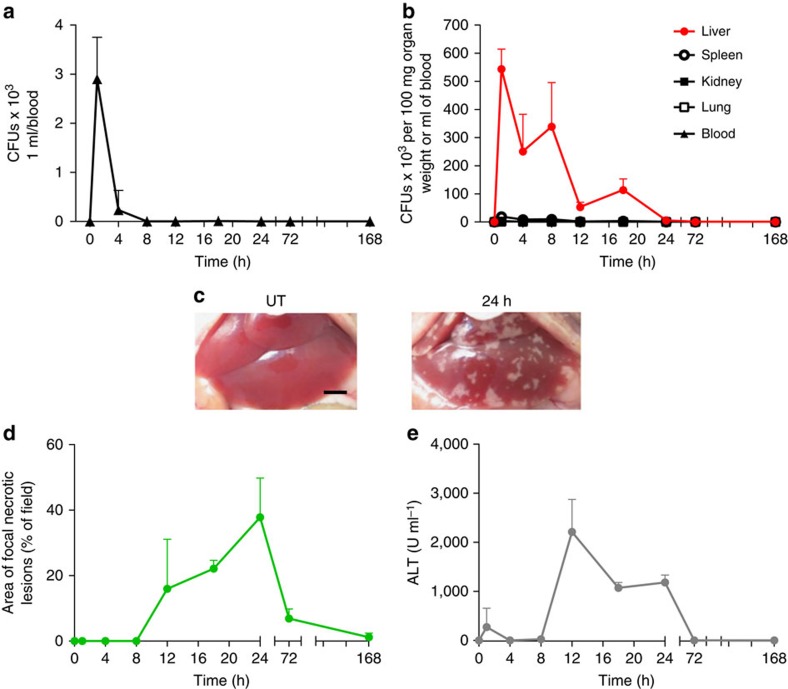Figure 1. Systemic infection of mice with MRSA results in accumulation of bacteria in the liver and hepatic damage.
Kinetic changes of the bacterial load in the blood (a), and all tested organs (liver, spleen, kidney and lung) (b) of methicillin-resistant Staphylococcus aureus (MRSA)-infected mice expressed as colony-forming units (CFUs). (c) Representative images of the healthy uninfected liver (untreated, UT), and liver collected from a mouse infected 24 h earlier with MRSA. The scale bar indicates 5 mm. (d) Changes in liver morphology evaluated by ImageJ as the area covered with focal necrotic loci, and (e) serum ALT levels were monitored in UT control (no infection) and septic mice over a period of 7 days. Data are shown as mean±s.d.; n≥3 per group.

